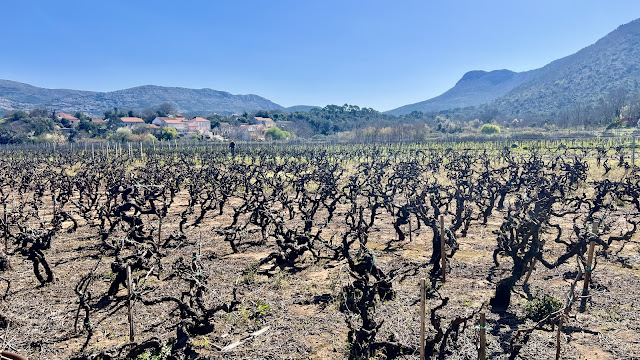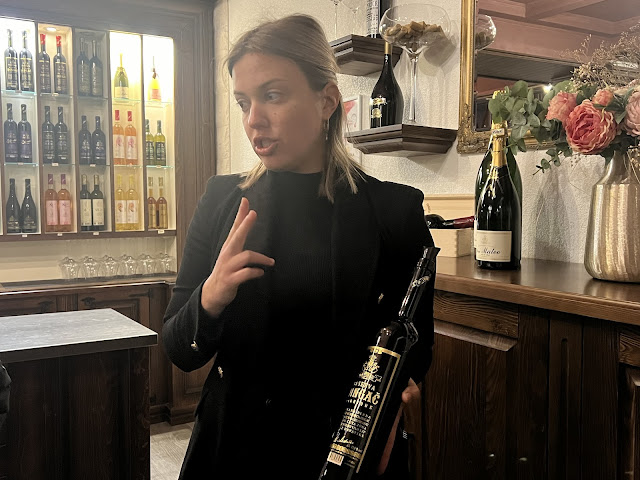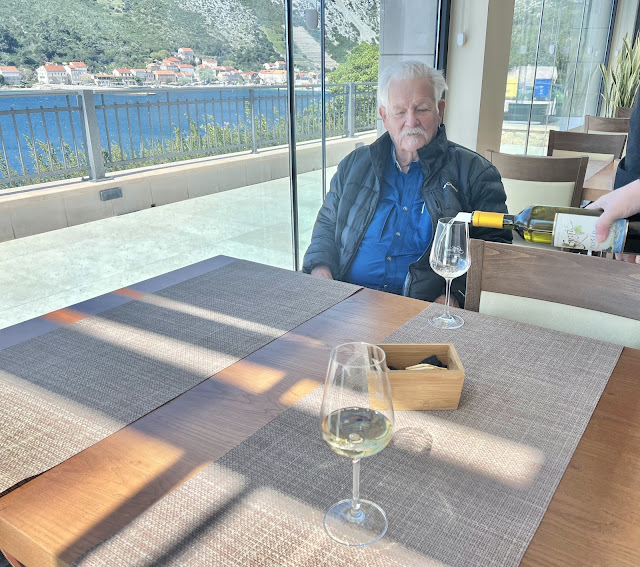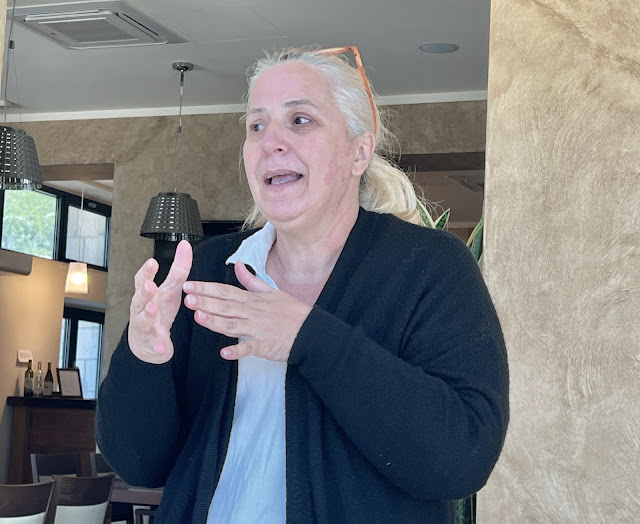We began the second day of our Croatian Pelješac Peninsula wine adventure at Matuško Winery. I was delighted that our spring time journey took us to this charming family-owned winery. Grape growing and wine making has long been a Matuško family tradition, which in 1997 led to the founding of their family winery in Potomje.
While at the winery I did manage to take a picture of early springtime in the vineyard.
While in Potomje we also explored the Dingač appellation. We chose to begin our Croatian wine adventure on the Pelješac Peninsula. This wine region renowned for its robust red wines, particularly the Plavac Mali grape variety. Besides its natural beauty the Pelješac is a paradise for oenophiles. Plavac Mali, the best known Croatian red wine, is the nation's most sought-after red wine. It was the first Croatian grape to have its own appellation, Dingač.
Matuško Winery is well known for producing high quality wines from the Pelješac Peninsula and the wider Dubrovnik Neretva County native grapes.
During our Matuško Winery visit the hostess took us on a brief tour, including the 3,000m2 wine cellar. We we given an overview of the wine making process and some of the winery's history. After the tour we returned to the tasting room.
We began with Matuško Pošip.
Pošip, Matuško Winery © Spaswinefood
This was my first time tasting Grk wine. Grk Bijeli or Grk, a white grape variety found on Croatia's Korčula island. Since Grk has only female flowers it must be co-planted with another grape variety that has male flowers in order to pollinate. It is most commonly planted with Plavac Mali.
Next, their Plavac Mali wines were introduced. They are known for their Plavac Mali wines, with the grapes coming from Pelješac Peninsula's Dingač and Postup appellations.
Matuško produces a variety of Plavac Mali wines. We tasted their 2016 Reserva.
Matuško Winery, Dingač Reserva Barrique 2016
Matuško Winery also produces Prošek, a dessert wine that is traditionally made in South Dalmatia. It is made using dried wine grapes in the passito method. The indigenous white grape variety Rukatac is used to make this Prošek. Maraština is often the name used for (Rukatac, Maraškin, Mareština, Krizol, Višana) however, Rukatac is the commonly used name on the Dalmatian coast.
We absolutely loved discovering Matuško wines. If you get the opportunity to taste these wines do not pass it up. These are great wines. Besides Matuško growing into a successful winery over the years they are also home to an olive oil mill. Now is the perfect time to plan a Croatian wine country dream. You can checkout the latest Croatian wines available in US at: Croatian Premium Wine Imports. Special thanks to Mirena Bager at Croatian Premium Wine Imports for helping me plan our wine adventure. Also, special thanks to winery staff at Matuško Winery for being such a delight. I invite you to join me in my Croatian wine travels and elsewhere at Wine Travels with Dr. Sharon, and at Spaswinefood on Bluesky and Facebook. I am so looking forward to sharing more on my Croatian vine-filled explorations.











































































